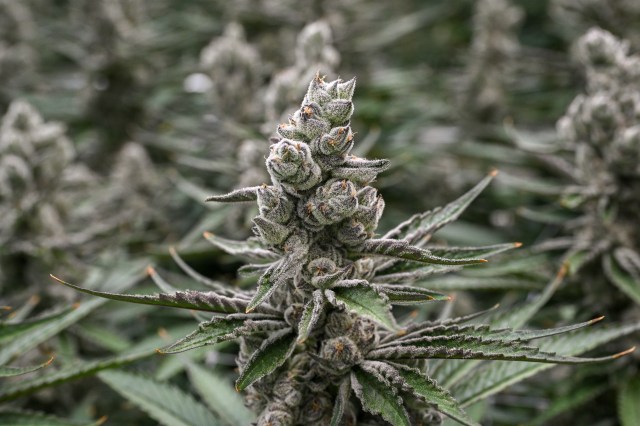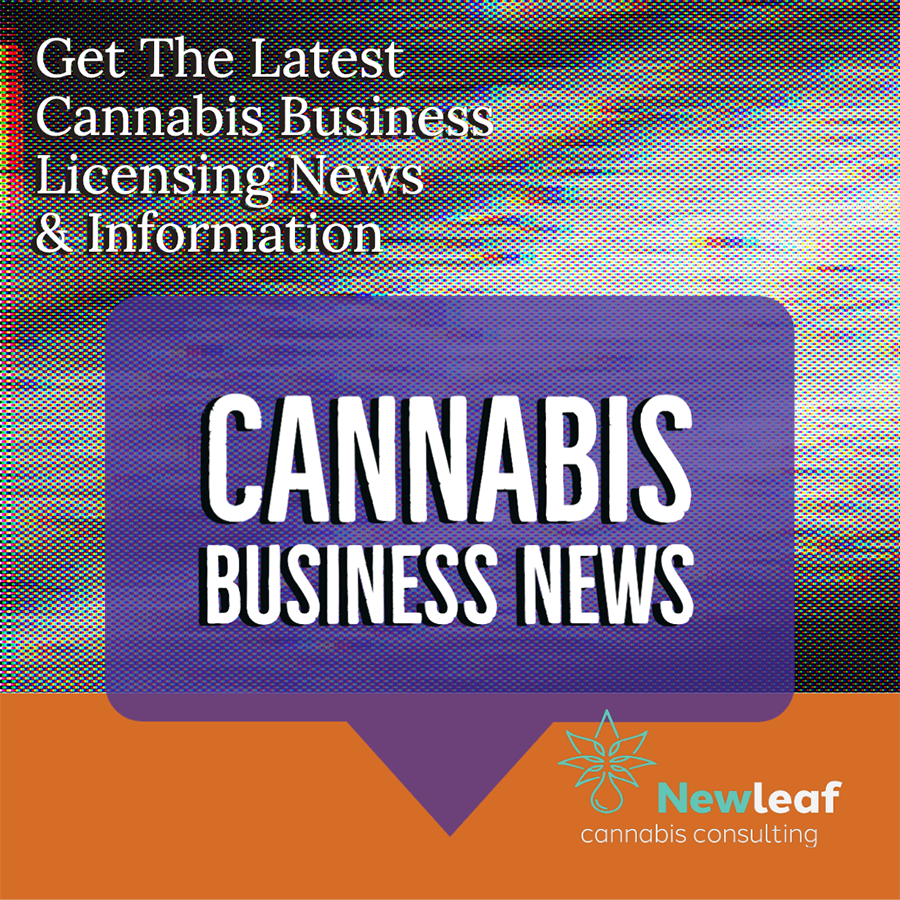Need assistance getting a cannabis business license? Schedule a Free Consultation

Saturday marks marijuana culture’s high holiday, 4/20, when college students gather — at 4:20 p.m. — in clouds of smoke on campus quads and pot shops in legal-weed states thank their customers with discounts.
This year’s edition provides an occasion for activists to reflect on how far their movement has come, with recreational pot now allowed in nearly half the states, including Maryland, and the nation’s capital. Many states have instituted “social equity” measures to help communities of color, harmed the most by the drug war, reap financial benefits from legalization. And the White House has shown an openness to marijuana reform.
Maryland dispensaries began selling recreational cannabis for adult use on July 1, the date set for legalization by the ballot question voters approved in November 2022.
While the impact of the new law so far is not clear, several jurisdictions have moved to limit its scope, efforts that sparked bills in the General Assembly to prevent local governments from making zoning for dispensaries more strict than for retail alcohol licenses. Both chambers passed the legislation, which is awaiting the governor’s approval.
Here’s a look at 4/20’s history and numbers:
Why 4/20?
The origins of the date, and the term “420” generally, were long murky. Some claimed it referred to a police code for marijuana possession or that it derived from Bob Dylan’s “Rainy Day Women No. 12 & 35,” with its refrain of “Everybody must get stoned” — 420 being the product of 12 times 35. But the prevailing explanation is that it started in the 1970s with a group of bell-bottomed buddies from San Rafael High School, in California’s Marin County north of San Francisco, who called themselves “the Waldos.”
A friend’s brother was afraid of getting busted for a patch of cannabis he was growing in the woods, so he drew a map and gave the teens permission to harvest the crop, the story goes. During fall 1971, at 4:20 p.m., just after classes and football practice, the group would meet up to smoke a joint and head out to search for the weed patch. They never did find it, but their private lexicon — “420 Louie” and later just “420” — would take on a life of its own.
The Waldos saved postmarked letters and other artifacts from the 1970s referencing “420,” which they now keep in a bank vault, and when the Oxford English Dictionary added the term in 2017, it cited some of those documents as the earliest recorded uses.
How did ‘4/20’ spread?
A brother of one of the Waldos was a close friend of Grateful Dead bassist Phil Lesh, as Lesh once confirmed in an interview with the Huffington Post, now HuffPost. The Waldos began hanging out in the band’s circle and the slang spread.
Fast-forward to the early 1990s: Steve Bloom, a reporter for the cannabis magazine High Times, was at a Dead show when he was handed a flyer urging people to “meet at 4:20 on 4/20 for 420-ing in Marin County at the Bolinas Ridge sunset spot on Mt. Tamalpais.” High Times published it — and effectively turned 4/20 into a holiday.
“It’s a phenomenon,” one of the Waldos, Steve Capper, now 69, once told The Associated Press. “Most things die within a couple years, but this just goes on and on. It’s not like someday somebody’s going to say, ‘OK, Cannabis New Year’s is on June 23rd now.’”
How is it celebrated?
With weed, naturally. Some celebrations are bigger than others: The Mile High 420 Festival in Denver, for example, typically draws thousands and describes itself as the largest free 4/20 event in the world. College quads and statehouse lawns are also known for drawing 4/20 celebrations. Some breweries make beers that are 420-themed. Beginning at noon Saturday, Union Craft Brewing will offer The Smoke Show, a brew that “starts with a strong, sweet malty base with layers of beechwood smoke, stoned caramel and toasty bread.”
The National Cannabis Festival is taking place today in Washington, D.C. on the grounds of the RFK Campus, with headliners Wu-Tang Clan and Redman.
Local dispensaries are expecting cannabis customers in droves. Far & Dotter in Timonium began taking orders for 4/20 at 9 p.m. Friday night.
What’s the mood?
According to a Gallup poll last fall, 70% of adults support legalization, the highest level yet recorded by the polling firm and more than double the roughly 30% who backed it in 2000.
But politics continue to harsh the buzz. While the number of states allowing recreational marijuana has grown to 24 after recent legalization campaigns succeeded in Ohio, Minnesota and Delaware, marijuana is still illegal under federal law.
Fourteen more states allow it for medical purposes, including Kentucky, where medical marijuana legislation that passed last year will take effect in 2025. Additional states permit only products with low THC, marijuana’s main psychoactive ingredient, for certain medical conditions.
But marijuana remains listed with drugs such as heroin under Schedule I of the Controlled Substances Act, meaning it has no federally accepted medical use and a high potential for abuse. The Department of Health and Human Services last year recommended that marijuana be reclassified as Schedule III, which would affirm its medical use under federal law.
What’s the state of the cannabis industry?
Despite the legalization movement’s progress, many smaller growers are struggling to compete against large producers.
Maryland has 96 licensed dispensaries, 23 processors and 18 growers — all previously medical-only cannabis businesses that predated the legalization of recreational cannabis in July, according to the Maryland Cannabis Administration. Last month, the cannabis administration held lottery drawings for its first round of social equity cannabis business licenses.
Sales in Maryland have so far exceeded expectations. From July 1 through the end of December, the state saw $800 million in total cannabis sales, including medical-use marijuana, in 2023, according to the administration.
Baltimore Sun staff contributed to this article. Associated Press writer Claire Rush contributed from Portland, Oregon.




